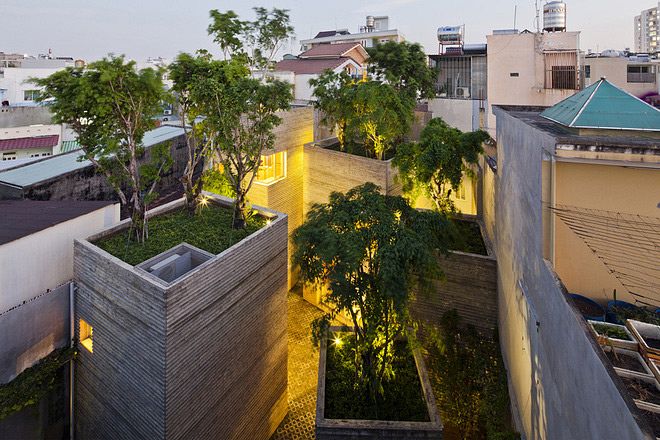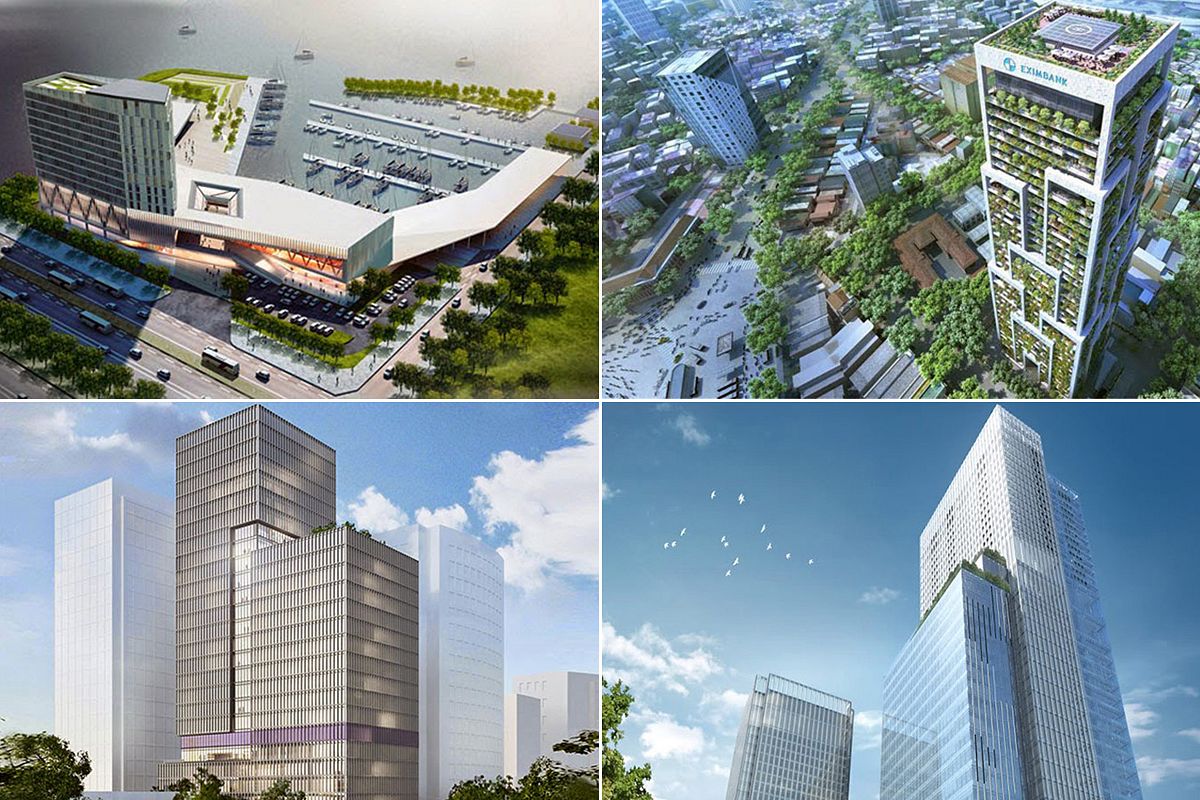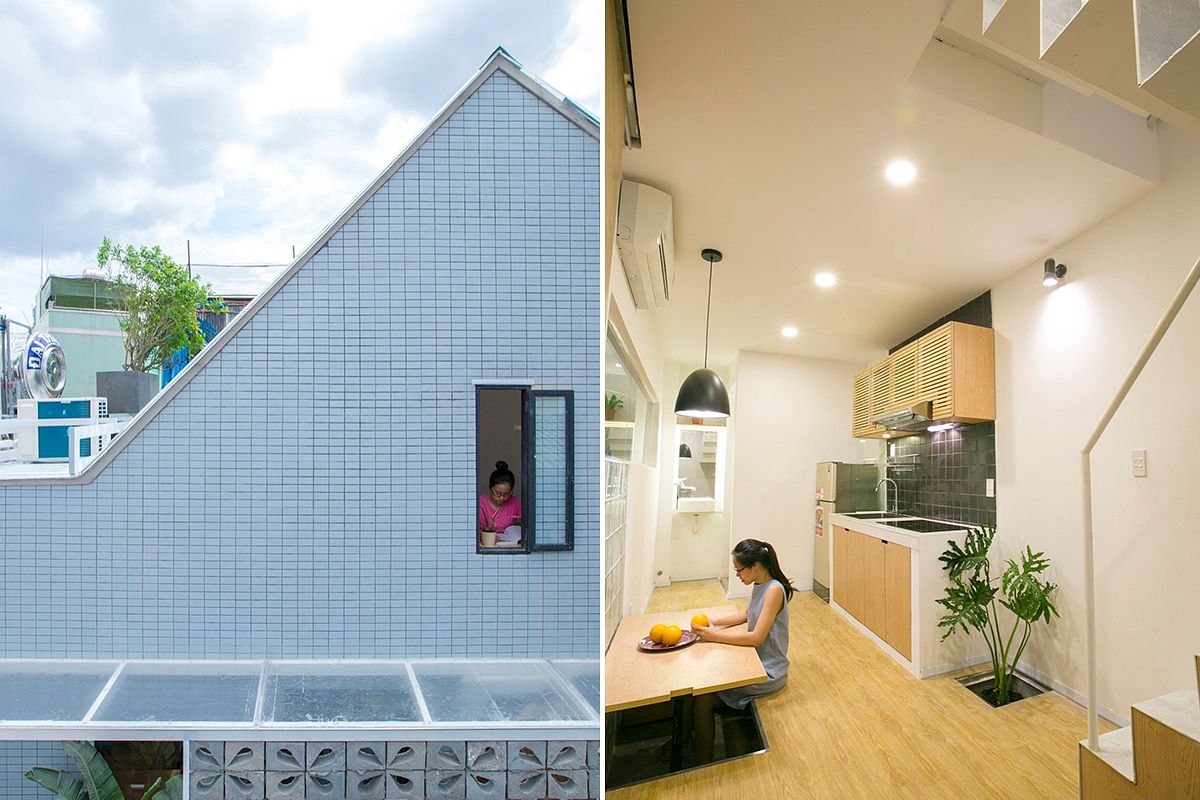This is the first article in our series “Power Players” which examines the different paths Vietnam is pursuing to feed its power-thirsty cities and industrial centers.
If you’ve been in Vietnam for more than a few minutes, it’s clear that change is a constant. From Saigon and Hanoi’s rapidly rising skylines to an overhaul of the country’s highway system, signs of growth and development are inescapable. Swaths of farmland are giving way to commercial and residential towers and special economic zones, all of which thirst for roads, water and most of all – power.
Power Hungry
Vietnam currently employs a mix of power sources to meet its needs – hydroelectric, coal, gas, oil and alternative energies. While these have successfully supported Vietnam’s economic rise, skyrocketing demand, (national energy consumption rose from 8.7MWh in 1990 to 77.2MWh in 2008 and continues to increase by more than 10% per year) and rising fuel prices have put the country in a precarious position.
Hydroelectric
Hydroelectric projects continue to be favored by the powers that be (pun intended). After all, Vietnam has decades of construction and management experience under its belt. Son La hydro power plant will come online next year and will begin its reign as the country’s largest power plant, generating enough power to add US$55 million to the state budget and 11.4 billion kWh to the national grid.
But the New York Times points out, “Vietnam, which relies mostly on hydroelectricity, is expected to become a net importer of energy in 2015.”
How can this be the case even as the country expands the capacity of hydroelectric power?
Simply, there are huge questions of efficiency. According to the case study, “Vietnam Electricity,” written by the Asia Programs branch of the Harvard Kennedy School of Government:
…hydroelectric power…accounts for 40% of capacity and 25% of output. Current hydro facilities have limited reservoir capacity – a supply of a few days or one week at normal rates of use. Thus, during the dry season when flows into the reservoir are a small fraction of the wet season, it is not possible for full hydroelectric output to be maintained.
According to Vietnam Bridge, beyond issues of efficiency, many are concerned with the environmental effects of hydroelectricity. For them, the two main issues are the degradation of the river system and surrounding forests.
Dao Trong Tu, a member of the VRN Consultancy Team voices his concerns over a hydroelectric projects on the Dong Nai River:
A thick network of hydropower plants has been set up on the Dong Nai river system, which has cut the rivers into pieces. If two more plants, 6 and 6A are built here as well, this would severely affect the whole region.
There's no doubt that hydroelectricity has been an important partner in Vietnam's progress. But as concerns over its efficiency and sustainability arise, the country is looking toward other sources to spur the next phase of development.
Stay tuned to read about the next piece in the puzzle, Fossil Fuels.














